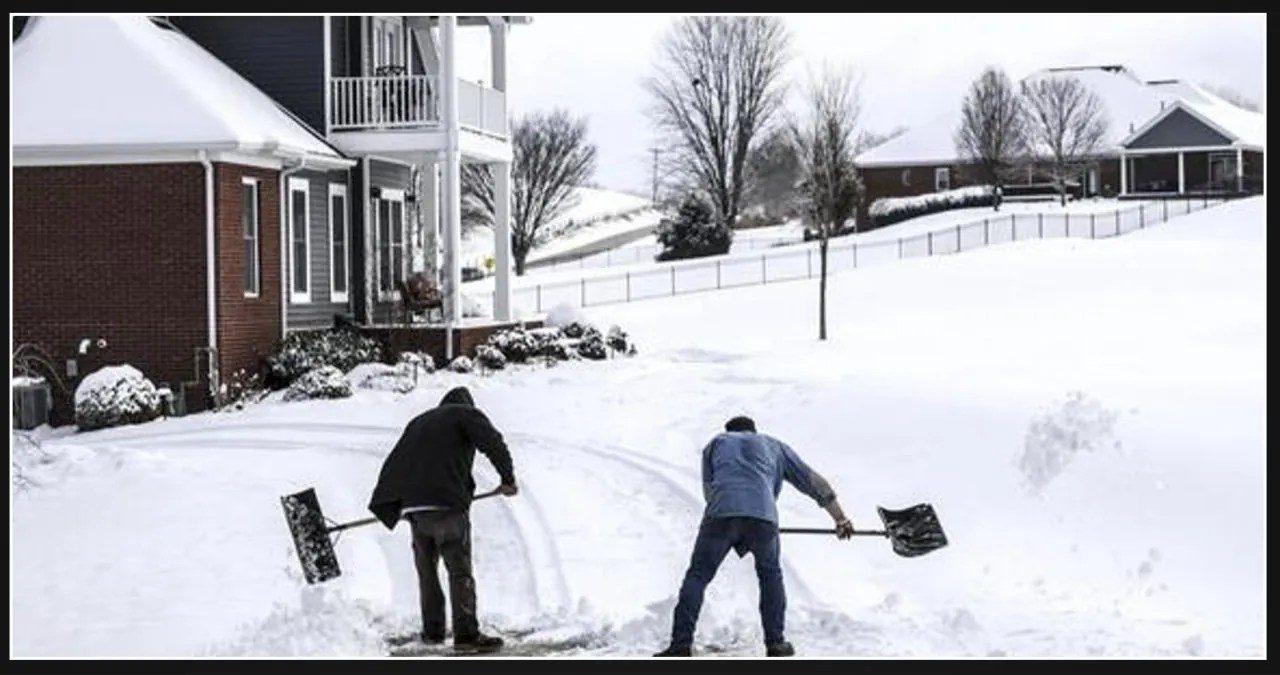The South slowly thawed on Sunday after a freezing winter storm brought school closures, power outages, and flight cancellations or delays.
Crews were working tirelessly, and by Sunday morning, Duke Energy reported that power had been restored to parts of North Carolina and South Carolina. Tens of thousands of customers had experienced power outages in the past few days.
Georgia Power, the largest utility in the state, has successfully restored power to 97% of its retail customers. This impressive feat encompasses nearly all counties in Georgia, with only four remaining without electricity.
In a press release on The City of Atlanta Government’s Facebook page, it was mentioned that the crews have not reduced their pace. In fact, they have even brought in extra resources to ensure that they successfully complete the task.
According to Dylan Lusk, a meteorologist at the National Weather Service in Peachtree, Georgia, most of the winter weather has dissipated from the region.
According to Lusk, the weather is gradually starting to warm up and thaw after the snowfall and a layer of freezing rain.
As temperatures begin to rise, many were anticipating warmer weather. However, it was important to remain cautious, as certain regions were still grappling with icy conditions. Authorities issued a warning, advising individuals to drive at a slow pace and exercise caution on roads, particularly during the night when melted snow and ice could refreeze, creating hazardous situations.
The National Weather Service has issued a warning that black ice will return as temperatures drop below freezing this evening through Monday morning.
On Sunday, more than 100 flights to and from Hartsfield-Jackson Atlanta International Airport experienced delays due to the need for deicing. This was a significant improvement compared to Saturday, when FlightAware.com reported that 1,000 flights were either cancelled or delayed. However, airport officials stated that by mid-afternoon on Sunday, operations had returned to normal.
Earlier this week, heavy snowfall was observed due to the storm, with some areas receiving as much as 7 inches (approximately 18 centimeters). This resulted in slippery road conditions across Texas and Oklahoma, before the storm eventually moved towards the east.
Some cities experienced a staggering accumulation of snow, equivalent to the amount typically seen in an entire year. In certain areas of Arkansas, the storm dumped as much as a foot (about 31 centimeters) of snow. Even in Memphis, a city that typically only receives 2.7 inches (6.9 centimeters) of snow per year, the Memphis International Airport recorded over 7 inches (about 18 centimeters) of snowfall.
According to the National Weather Service, Atlanta experienced a snowfall of over 2 inches (5 centimeters) on Friday. This marked the first time the city had received more than an inch of snow since 2018.
According to the National Weather Service, residents along the Gulf Coast can anticipate rain showers on Sunday and Monday. Conversely, other areas across the country may experience snowfall and prepare for the arrival of cold, dry air originating from the Arctic region. This includes the Great Lakes region.
Despite the anticipation of improving conditions, several establishments, including churches, have announced closures for Sunday.
Millions of children from Texas to Georgia and as far east as South Carolina got a rare snow day on Friday, as school was canceled. In northern Alabama, officials announced that schools might remain closed on Monday if the ice doesn’t melt off secondary roads.

